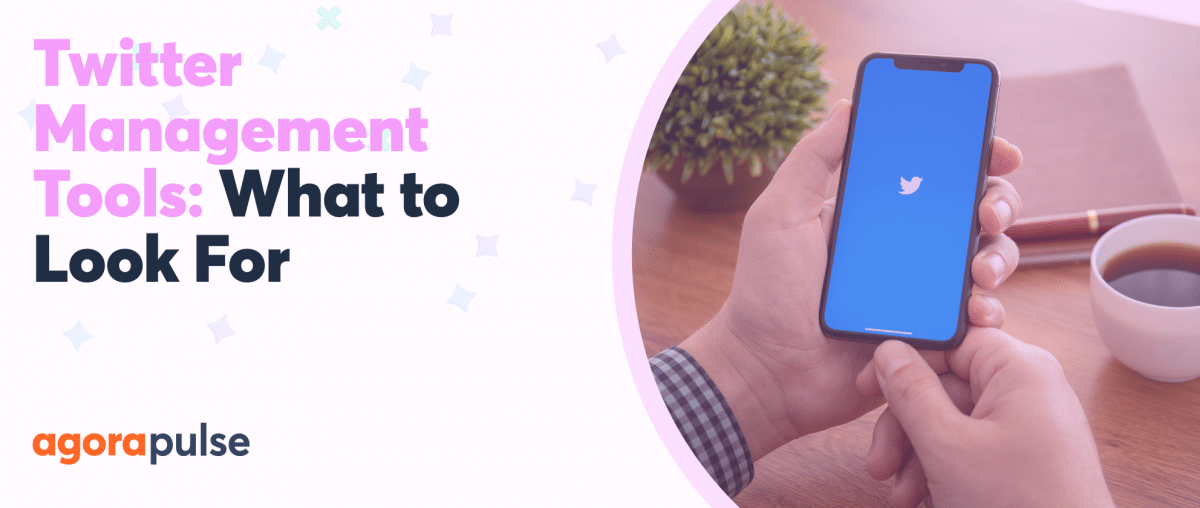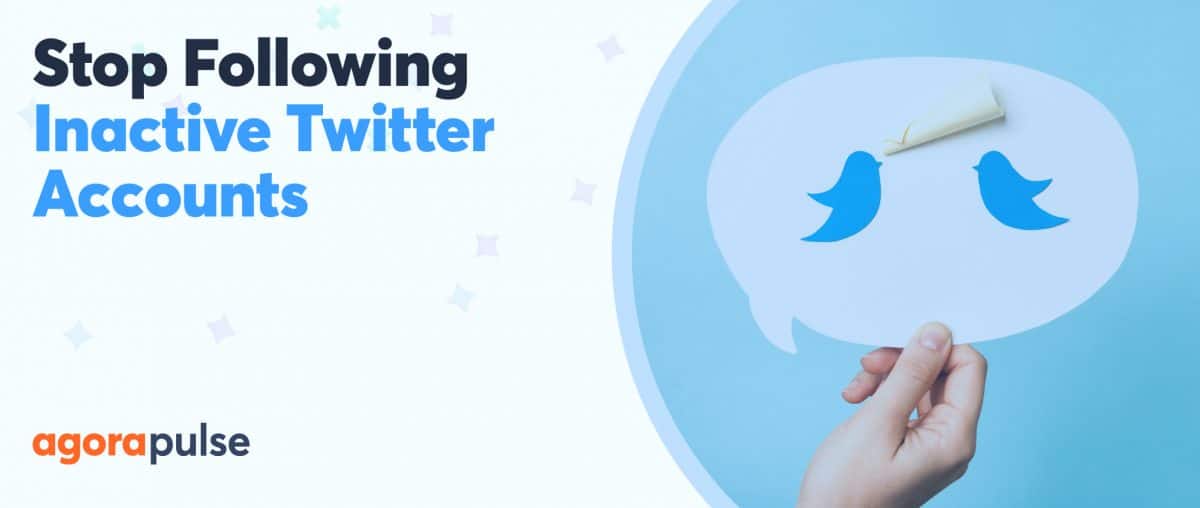If you’ve read a hundred articles on generating leads with Twitter but haven’t achieved results, you’re in the right place.
A lot of “gurus” who are popular among successful brands will give you similar advice but overuse of many of their ideas have made them ineffective.
In this post, I’ll share real ways you can attract relevant leads on Twitter that you can implement right away.
Personally, I can vouch for it because I did it myself for the last couple of months and I have seen some results.
Without further ado, the method is…
Curate and actively engage with members on Twitter lists
A Twitter list is a tool that allows you to choose a list of people to follow. You can either create your own list or subscribe to lists created by other users. You can also make your lists private, so that only you can see them.
What does a Twitter list do?
Twitter lists provide you with a curated timeline. You will only see tweets from the users who are placed on the list. This saves you precious time scrolling through your normal timeline.
How do you generate leads with Twitter Lists?
A Twitter list helps you zoom in on the tweets from people who matter to you, who you want to reach out to, who you want to listen to, and whose tweets give you insights about your audience’s needs.
It’s not a magical solution. Work is required to mine value from these lists. In fact, this method requires a lot of work, but it is a surefire method for small businesses and entrepreneurs to get started and achieve some results.
Earlier, I mentioned using Twitter lists to generate leads for my business. I prefer to create my own exclusive private lists and create a naming system to represent a lead generation funnel.
[Tweet “Name your Twitter lists to represent various stages in your lead generation funnel.”]
The first step: Qualifying followers by general observations
First, I go through my current list of followers and look at their tweets. If they fit my general description, I add them to a list called “Potential Target Audience”. This is a very general selection process to help you cut down on the number of users you should pay attention to, in order to help you focus your Twitter efforts in building relationships with those who matter.
To help you, I’ll also share the general descriptions I use:
-
- o
- Small business owner OR social media consultant
o
-
- Does not have a huge following OR successful social strategy yet (by checking their social media presence)
o
- Their website doesn’t qualify them as experts in social media marketing (If they did, they wouldn’t have a need for my service)
Once a week, I’d check this list and look out for interesting tweets that I could reply to and initiate interaction with the user.
Depending on how much time and effort you can afford to put into Twitter and how much focus you would like to place on Twitter to generate leads, you could check this list more often, like twice or thrice a day. If you want to see results, I really wouldn’t recommend you to check the list less often than once a week – an interaction once a week is good enough to keep top-of-mind brand awareness and make sure that the people you engage with remember you.
[Tweet “Do you engage with your Twitter followers often enough for them to remember you?”]
Next, when a user on my list replies to me, I engage them in a normal conversation, just like how two strangers who just met in real life would. I ask about what they do, what their specialization is, and what they are looking to achieve with social media.
Step 2: Applying a stricter filter
I do all these to get to know them better, and to know whether they are really a fit for my target audience. If they are, I would add them to the next list, “Target Audience” and remove them from the previous list. If they aren’t, I would remove them from the list above so that I can keep my list as focused as possible.
Step 3: Focus on adding value to them
Now, the focus changes. Instead of engaging in everyday conversations, I look out for specific needs and problems I can help them with. Note that at this stage, it is not about converting these people but getting them to become more familiar with you and your business, so much that they dig in to find out more about what you do, either by asking you directly or checking out your social media profiles and website.
This is what I believe to be a crucial step in building trust with your target audience at a 1-to-1 level. Sure, this might be really tedious but since this treatment is tailored to your target audience, I have seen some results over a relatively short period of time. Leads generated using this method are also of a higher quality and convert better than methods that target the masses.
[Tweet “Leads generated using this method are of a higher quality and convert better.”]
I do this on a weekly basis. How often you want to do it is up to you. I’d scroll through the list to spot complains, problems, or needs, and try to answer those for them, either by replying with my opinion or pointing them to a helpful resource I know of.
Step 4: Ask
Once you’re comfortable reaching out to your target audience any time, you are ready to turn them into a genuine lead.
If you find that someone on your list is consistently engaging with you on Twitter, you could bring your conversation to the next level:
-
- o
- What pain point are you facing right now for your business regarding _____ (Insert your niche)?
o
- Can I help you? Perhaps let’s schedule a skype call or you could drop me an email and we take this conversation there so that I can provide you with some tailored advice.
At this stage, I tend not to say that I am offering the advice for free. Because that motivates the other person to take up the offer for the wrong reason. This brings their focus onto the fact that it is free and not because they feel that you could help them solve their niggling problem.
What I think about this lead generation method
This is a real tactic I used to generate my first few leads on Twitter.
Sure, this might not sound scalable, but most small business owners don’t actually know if they are scaling the right thing. This means that using a 1-to-1 method to generate leads on Twitter also provides you with plenty of opportunities to get to know your target audience’s needs and context better. You can then make use of these insights and new information to refine your product and marketing strategy.
[Tweet “Using Twitter lists this way can help you generate your first few leads and provide valuable feedback.”]
Apart from relying on your followers to create your Twitter list, Andrea Vahl has a great tutorial that teaches you how to use public lists in your industry for individual profiles.
Your Turn
Would you give this method a go if you still haven’t seen results from your past attempts?




